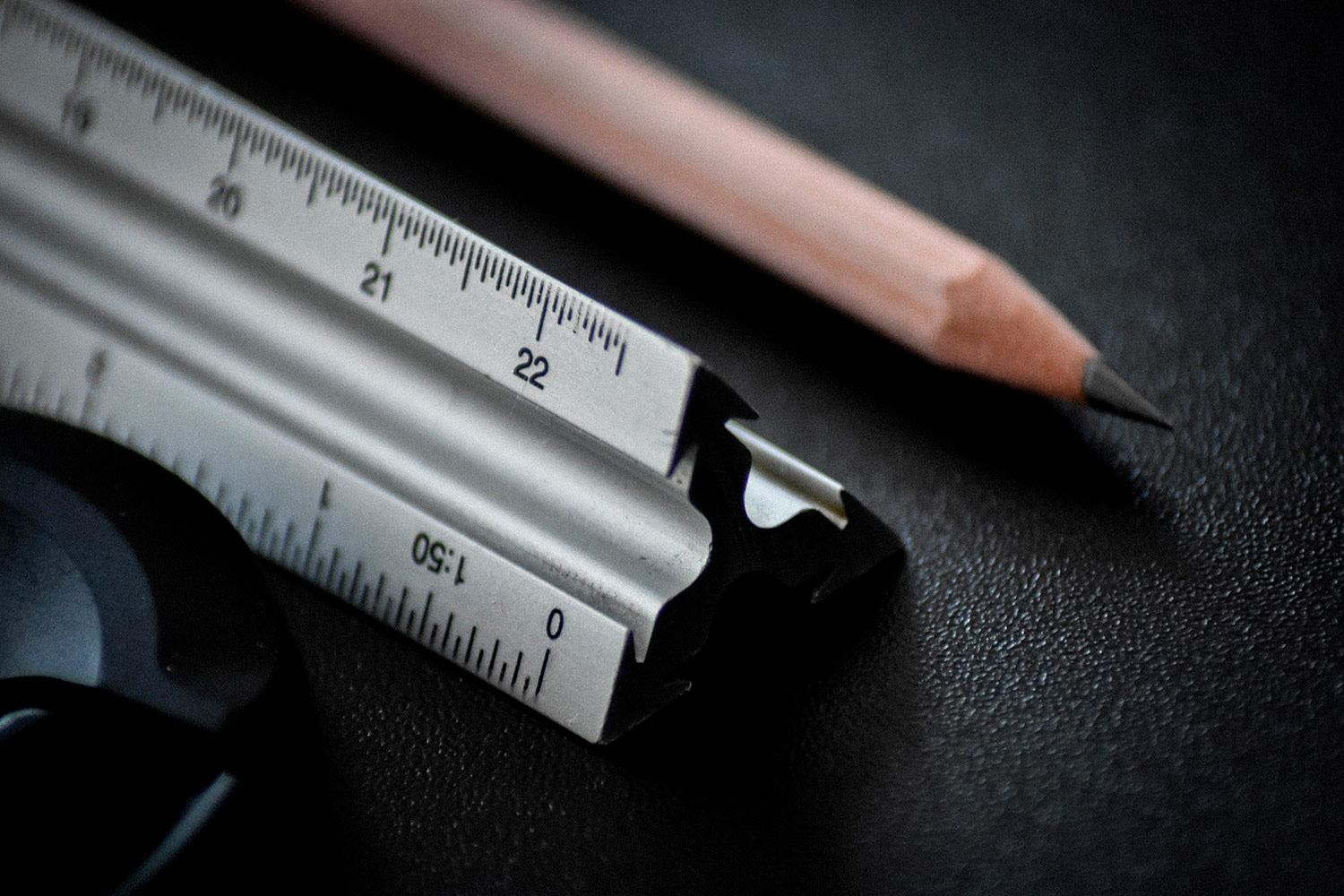
Modern design and dilettantism
Modern design and dilettantism may seem like contradictory concepts at first glance. Modern design is known for its sleek, minimalist aesthetics, functional approach, and emphasis on innovation. On the other hand, dilettantism refers to a superficial or amateurish interest in a particular field or subject. However, there can be a unique interplay between these two concepts in the world of design.
In modern design, dilettantism can manifest as a willingness to explore and experiment with various design styles, materials, and techniques. It can be seen as a departure from rigid rules and conventions, allowing designers to approach projects with a fresh perspective and open-mindedness. Dilettantism in design can lead to unexpected combinations, unconventional solutions, and the infusion of personal creativity.
One of the hallmarks of modern design is its ability to adapt and evolve with the changing times. Dilettantism can contribute to this adaptability by encouraging designers to explore new ideas and push boundaries. By embracing a dilettante mindset, designers can break free from preconceived notions and traditional design norms, paving the way for innovation and fresh design approaches.
Dilettantism in modern design also aligns with the idea of DIY (do-it-yourself) culture and the rise of accessible design tools and resources. With the abundance of online platforms, tutorials, and design communities, individuals with a passion for design can delve into the field and experiment with their own projects. This democratization of design allows for a more diverse range of perspectives and voices to shape the design landscape.
However, it is important to note that dilettantism in design should not be equated with a lack of expertise or professionalism. While embracing a dilettante mindset encourages exploration and experimentation, it is crucial for designers to have a solid foundation of knowledge, skills, and experience. True mastery of design principles, techniques, and theories provides a strong framework upon which dilettantism can flourish.
In summary, the interplay between modern design and dilettantism can be seen as a dynamic relationship that encourages creativity, innovation, and exploration. Dilettantism in design allows for a fresh perspective, breaking free from conventions and fostering a spirit of experimentation. When combined with a solid design foundation and expertise, dilettantism can lead to exciting and groundbreaking design outcomes.
Ryan Berg 2021-11-03
Fast, cheap and good — from these three things you should always choose two. If it’s fast and cheap, it will never be good. If it’s cheap and good, it will never work out quickly.
Robert Brown 2021-11-03
We need to understand what the customer wants, and to connect it with your wishes and possibilities. To create something outstanding, we need the enthusiasm of both. I am a very happy person, because I worked with wonderful customers who have helped me very.
Alex Doe 2021-11-03
The designer must be an interpreter, and real and virtual needs must anticipate those questions of people that they do not think, and suddenly opened in the already created objects.